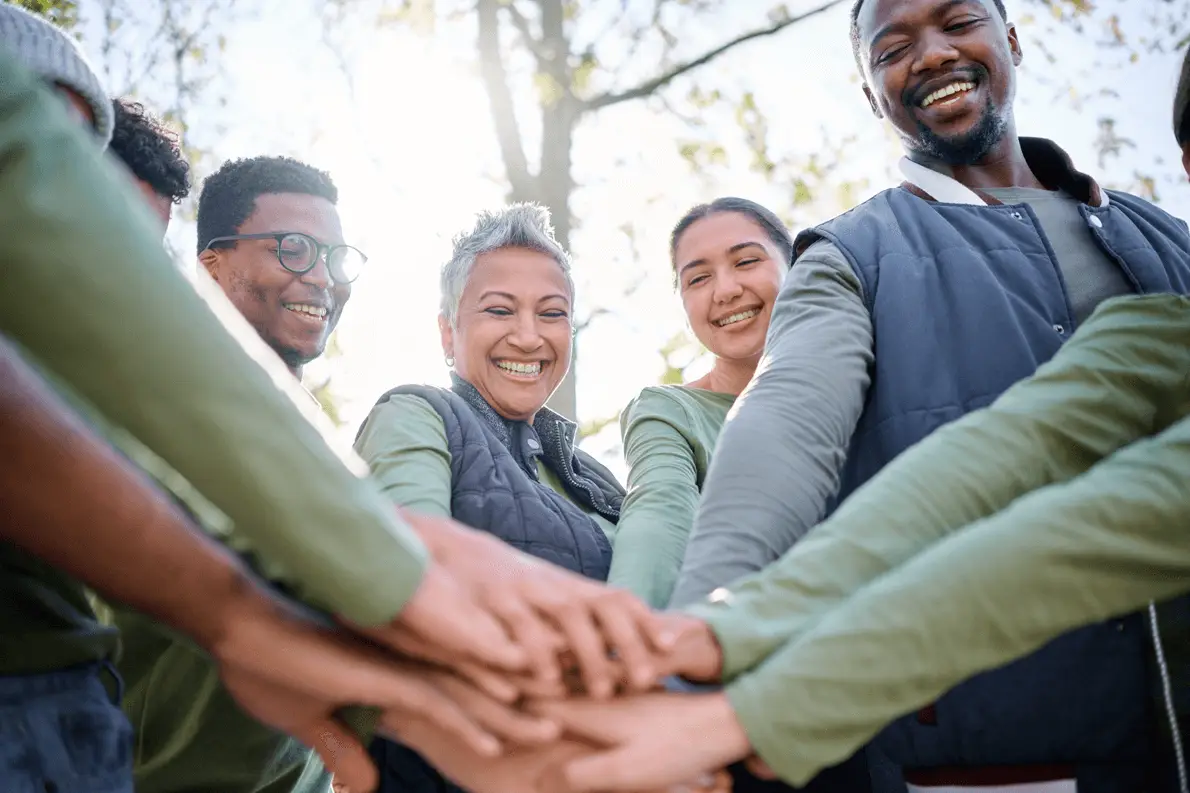In the landscape of residential group care facilities, the creation of a supportive community isn’t just a bonus – it’s a vital component of residents’ well-being and growth. These facilities serve as temporary or long-term homes for individuals facing diverse challenges, from children and youth in foster care to individuals with disabilities or those transitioning from homelessness. In this article, we’ll delve into the significance of building community and support networks within residential group care facilities and explore strategies to cultivate a sense of belonging, connection, and empowerment among residents.
The Importance of Community in Residential Care
Residential group care facilities are more than just places to stay; they are communities where individuals come together to live, learn, and grow. Building a strong sense of community within these settings is essential for several reasons:
- Social Support: Residents in group care often face significant life challenges and transitions. A supportive community provides emotional, practical, and social support, helping residents navigate difficulties and celebrate successes together.
- Sense of Belonging: For many residents, the group care facility becomes their home away from home. Creating a sense of belonging fosters feelings of security, stability, and attachment, promoting overall well-being and mental health.
- Peer Relationships: Peer relationships play a crucial role in residents’ development and socialization. Strong connections with peers can boost self-esteem, enhance social skills, and provide opportunities for learning and growth.
- Empowerment and Advocacy: A united community can amplify residents’ voices and empower them to advocate for their needs and rights. Collective action and solidarity within the community can lead to positive changes in policies, practices, and services.
Strategies for Building Community and Support Networks
1. Create Welcoming Spaces:
Design common areas within the facility that promote interaction, relaxation, and collaboration. Consider arranging furniture in communal areas to encourage conversation and socialization. Additionally, incorporate elements of comfort and homeliness to make residents feel at ease and welcomed.
2. Facilitate Group Activities:
Organize a variety of group activities and events that cater to different interests and preferences. These could include movie nights, game tournaments, arts and crafts sessions, gardening projects, or outdoor excursions. Encourage residents to participate actively and contribute ideas for activities they would enjoy.
3. Establish Peer Support Programs:
Implement peer support programs where residents can connect with and support one another. Pair residents with similar interests, experiences, or goals to foster meaningful relationships and mutual encouragement. Provide training and guidance for peer mentors to effectively support their peers.
4. Engage in Community Service:
Encourage residents to participate in community service projects or volunteer opportunities within the local community. Engaging in acts of service not only benefits others but also fosters a sense of purpose, altruism, and community responsibility among residents.
5. Foster Open Communication:
Create a culture of open communication where residents feel comfortable expressing their thoughts, feelings, and concerns. Establish regular resident meetings or forums where residents can voice their opinions, suggest improvements, and address issues collectively. Encourage staff to listen actively and respond empathetically to resident feedback.
Overcoming Challenges
Building community and support networks within residential group care facilities may face challenges such as staff turnover, limited resources, and diverse resident needs. However, by prioritizing collaboration, creativity, and resident-centered approaches, these challenges can be addressed effectively.
Conclusion
In residential group care facilities, building a sense of community and support networks is essential for fostering residents’ well-being, resilience, and empowerment. By creating welcoming spaces, facilitating group activities, establishing peer support programs, engaging in community service, and fostering open communication, these facilities can become vibrant communities where residents feel connected, supported, and empowered to thrive. Together, we can build bonds that strengthen individuals, transform lives, and create a brighter future for all residents.


